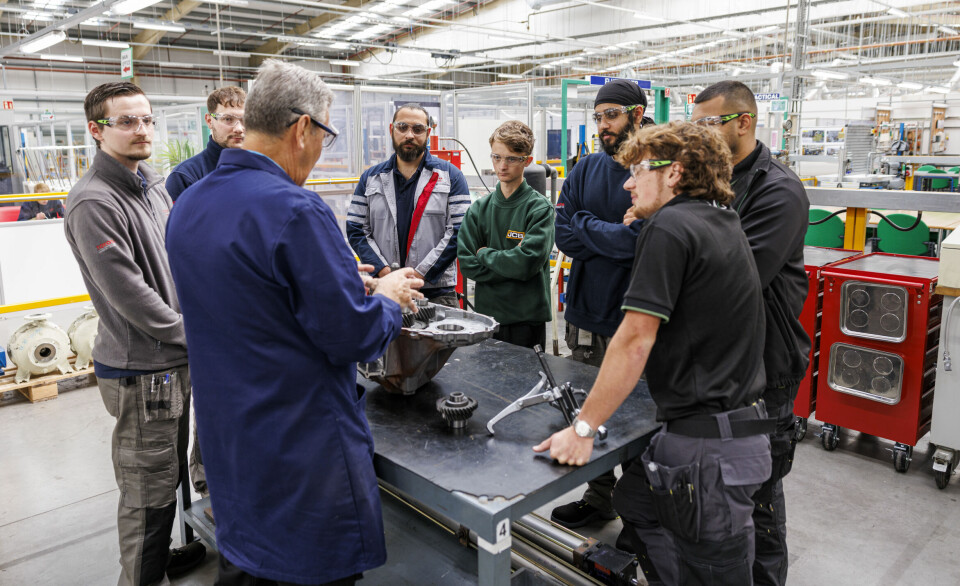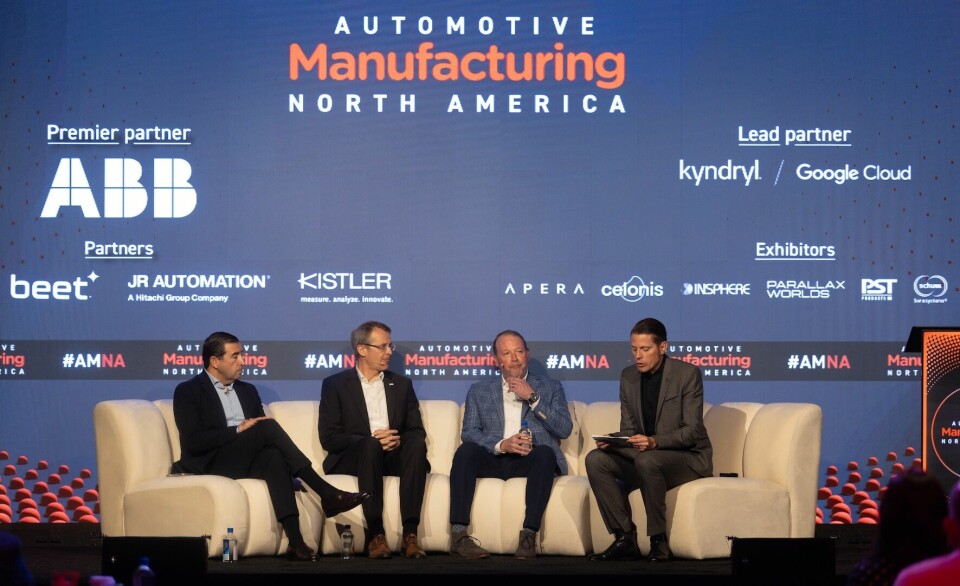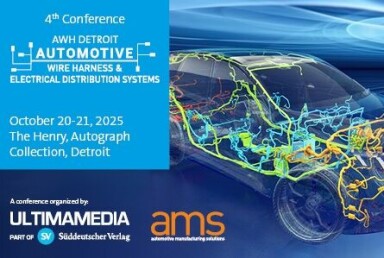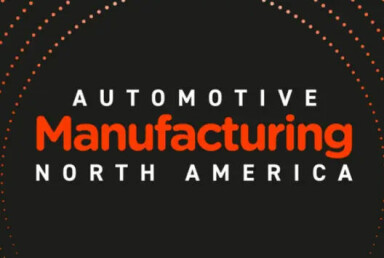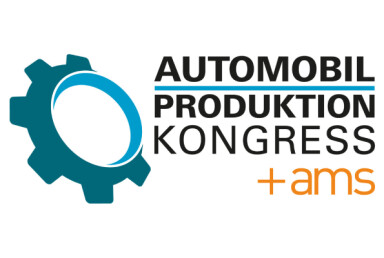Humanising Automation
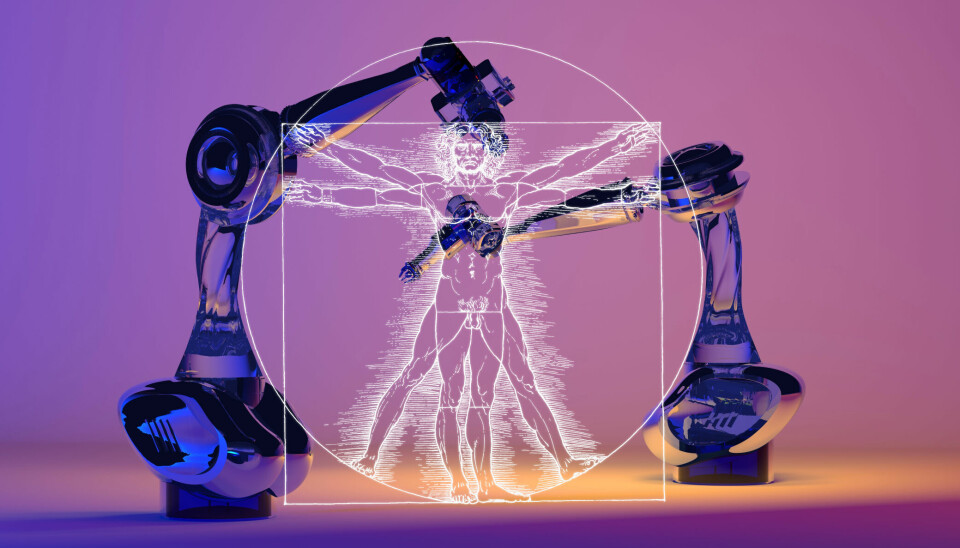
Intelligent automation rewrites the rules of vehicle production
Carmakers bet on humanoid robots and AI-driven systems to solve labour crises and accelerate output. The catch: success depends less on silicon than on skilful change management.
The automotive industry's relationship with automation has entered uncharted territory. What was once a straightforward proposition of replacing human labour with fixed robotic systems has evolved into something far more nuanced and intellectually demanding. Manufacturing facilities now deploy machines that learn, adapt and collaborate rather than simply execute pre-programmed routines. The sector's commitment is unmistakable: in a sweeping global survey across seven major economies, 65% of automotive businesses already use robotic systems, yet the nature of this adoption reveals complexities that earlier generations of automation never confronted.
Brett Adcock, founder of BMW's autonomous robotics supplier Figure AI, announced in January 2025 that the company had signed its second commercial customer (with ”one of the biggest US companies”), and now sees “the potential of shipping 100,000 humanoid robots”. The sheer numbers envisaged for deployment show that this is far from being mere marginal experimentation. Adcock stated that with BMW, Figure already has “a fleet of robots performing end-to-end operations” - but this automation is about to be taken to the next level.
![BMW production board member, Milan Nedeljković: 'We want to accompany this [Humanoid] technology from development to industrialisation'](https://image.automotivemanufacturingsolutions.com/1135643.webp?imageId=1135643&x=25.30&y=0.00&cropw=70.78&croph=96.13&width=960&height=874&format=jpg)
Yet the true disruption emerged just weeks later, when on February 4, 2025, Adcock announced the company's decision to leave its Collaboration Agreement with OpenAI, claiming Figure had made "a major breakthrough on fully end-to-end robot AI, built entirely in-house."
The distinction matters. Traditional industrial robots remain rigidly tied to specific tasks within carefully structured environments. Yet humanoid robots equipped with advanced AI, (and capabilities like computer vision, and sophisticated actuators) mark a fundamental departure from this paradigm; now designed to interact more naturally with human workers, adapt to unstructured environments, and perform a wider range of tasks without extensive programming. They are expected to address automation gaps that conventional systems just could not bridge, particularly in complex assembly processes and collaborative work environments.
BMW's production board member, Milan Nedeljković confirmed the OEM’s intentions, noting, "the developments in the field of robotics are promising. With early testing, we [at BMW] are now exploring the possible uses of humanoid robots in production. We want to accompany this technology from development to industrialisation." The dawn of a new era.
Democratising deployment through modular approaches
Until now, financial constraints and implementation complexity have limited automation to large-scale manufacturers with deep pockets and dedicated integration teams. That constraint is dissipating. At the AMNA 2025 conference in Dearborn - speakers among which were Ford, Gestamp and ABB - emphasised the democratisation of robotics through low-code approaches, with a push to lower barriers through cobots, robot-as-a-service models, plug-and-play instrumentation and in-house apps that reduce dependence on integrators. The objective in carmaking is accelerated return on investment, and broader deployment across plants of varying scale.
At the event, several speakers advocated asset-light strategies with robot-as-a-service and operational expenditure models, so companies are able to pivot more rapidly as technology generations swiftly evolve. And this extends beyond physical robotics. In-house AI inspection teams at Ford, demonstrated that “inexpensive, rapidly deployable solutions can produce greater than 99% defect detection and accelerate adoption across plants.”
The manufacturing implications are meaningful: automation is no longer exclusively the province of capital-intensive greenfield installations - but can be retrofitted into existing brownfield facilities with minimal disruption, and maximal impact.
Then there are AMRs (autonomous mobile robotics), which Ford is adopting extensively with an emphasis on rapid, low-cost deployment, and supplier dock-to-line visibility. Clearly, these are not isolated pilot programmes but systemic transformations that are redefining how vehicles are assembled as we speak.

The rapid centralisation of Artificial Intelligence
Now something of a truism, Automation and Artificial Intelligence (AI) are becoming increasingly inseparable. BMW's Dr Michael Nikolaides, SVP of Production Network, Supply Chain Management and Logistics pointed out that while BMW has used robotics since the 1980s, what is new is their convergence with AI. The Munich body shop grew from 400 robots in 1982 to over 1,200 today, and is now expected to surpass 2,000 with the Neue Klasse. Yet raw robotic capabilities without intelligent control systems deliver diminishing returns. Add a brain to that body, and the production possibilities begin to quickly crystallise.
Then consider the many applications of this technology across quality control. Deep learning-powered systems can detect microscopic defects in components, ensuring consistent quality standards above the range achievable in their absence - or by more manual processes. Such systems are already being deployed by BMW Regensburg for assembly defect detection, by Audi Ingolstadt for press-shop crack inspection, by Neckarsulm for weld-spatter detection, Volkswagen at Wolfsburg for paint-quality control, Mercedes-Benz at its MO360-linked plants for visual inspection, just to name a few.
These systems vastly outperform traditional methods by identifying anomalies invisible to the human eye or to conventional cameras. The technological leap is nothing less than a categorical shift in what industrial vision systems can accomplish. Intelligent, automated - and highly effective - quality control.
And as if that were not sophisticated enough, digital twins are amplifying this capability even further. Ford, for example, uses AI-powered digital twins to simulate assembly line scenarios, identifying production gridlocks and streamlining workflows, while Daimler employs the tech in engine manufacturing to optimise design and performance under multifarious conditions. Such virtual commissioning is empowering carmakers to test production changes in software before ever committing resources to physical reconfiguration; dramatically reducing risk and implementation time.
We are currently undergoing a huge equipment update as part of a widescale preventative-maintenance initiative, which will also ensure that our new maintenance talent has access to contemporary equipment
Human capital in an automated landscape
And what of the human element? The anxiety around automation displacing production workers is neither new nor entirely misplaced, yet the reality unfolding in automotive plants proves more subtle. The speakers at AMNA 2025 "were keen to" cast artificial intelligence, digital twins, emulation and automation not as substitutes for established manufacturing methods but as instruments to strengthen them, with discussions repeatedly circling back to culture, skills and employee engagement. "The consensus," writes Nick Holt, Editor for AMS, "was that success requires training, clear incentives, leadership alignment and practical demonstrations of benefit.”
But arguably, the true challenge is not fundamentally technological - but organisational. Nikolaides elaborated on BMW's approach, noting that "a forklift driver may no longer operate the vehicle, but they can move into maintenance or system supervision. Employees are eager to upskill into these new roles." BMW's automation strategy, he emphasised, does not aim at removing people but at redefining their roles.
Yet role redefinition requires deliberate investment. Toyota Motor Manufacturing UK has established a training academy at Burnaston that recognises a stark reality: technology advances far more rapidly than the workforce operating it. As automation grows more sophisticated, the human capability gap widens unless actively bridged.
The project, developed in partnership with Rockwell Automation, trains apprentices on contemporary PLCs, HMI screens and production control systems rather than legacy equipment, ensuring graduates possess immediately relevant skills for emerging automated environments.
Philip Smith, team leader, senior technical skills development at Toyota, explained the academy's strategic foresight: "We are currently undergoing a huge equipment update as part of a widescale preventative-maintenance initiative, which will also ensure that our new maintenance talent has access to contemporary equipment, primarily PLCs and HMI screens for production control. With access to more operational data delivered by this new hardware, we can teach current apprentices to be far more proactive."
This proactive orientation matters because modern automation generates operational data at levels that previous generations of machinery could not. Workers must interpret this data, diagnose system anomalies and optimise automated processes, and these are not traditional mechanical skills but hybrid capabilities combining technical knowledge with analytical judgement. The academy's curriculum reflects this reality, blending PLC mechanical and electrical disciplines with problem-solving and fault-finding methodologies.
Perhaps most critically, the programme addresses knowledge transfer before it becomes crisis. Toyota employs just over 300 maintenance personnel at Burnaston, many approaching retirement. Near-retirement personnel create training content and mentor apprentices, transforming tacit knowledge accumulated over decades into explicit curriculum. This institutional memory capture may prove as valuable as the automation systems themselves, if not more, ensuring that human expertise evolves in tandem with technological development, rather than atrophying beneath it.
There is already a great deal happening, and AI is opening new worlds of possibility.
Navigating workforce disruption and demographic realities
And for all this sophistication, the macro-economic context cannot be ignored. ManpowerGroup's Global Insights report highlights that 91% of auto industry employers say trade uncertainty is impacting future hiring plans, with tariffs and shifting regulations raising costs, undermining supply chains and creating hesitation in recruitment strategies. In the United States alone, a 25% tariff could add nearly $108bn to automakers' costs, resulting in cautious workforce planning where 45% of employers expect headcount to remain flat in the third quarter of 2025, while 38% anticipate some hiring and 15% foresee cuts.
And demographic pressures are compounding these challenges. An estimated 10,000 Baby Boomers retire daily in the US alone, with more than 72% of employers fearing this trend will impact their HR strategies, making skills mapping and knowledge transfer programmes urgent priorities. Automation, therefore, has become - as well as a technical advantage - a strategic necessity to compensate for shrinking labour pools.
Yet automation alone cannot solve these problems. Many workers already feel vulnerable, citing economic instability at 34% and company restructuring at 26% as top threats to careers, while more than half of workers say they have not engaged with a mentor in the past six months. The risk is that poorly managed automation initiatives accelerate worker anxiety - rather than alleviating it.
Persistent implementation challenges
The enthusiasm for advanced automation does confront stubborn practical obstacles. however. At AMNA, “Data quality, naming standards and vendor lock-in were consistently cited as serious challenges, with poorly standardised shop-floor data, proprietary stacks and lack of PLC-agnostic drivers limiting scale. Several speakers called for open drivers and collaboration between vendors to lower costs and speed deployments.” Return on investment calculations remain contested terrain in vehicle production.
Capital allocation decisions become exercises in risk management under conditions of technological and market uncertainty. Nikolaides acknowledged that humanoid robots, AI systems and omniverse simulations come with heavy upfront costs, noting that "we apply the same criteria to all investments: cost-benefit analysis, feasibility, and alignment with our strategy, albeit now with a higher degree of uncertainty. So, we approach this like entrepreneurs." Even manufacturers at the technological frontier proceed with disciplined caution.
Automation from distrust to deployment
Even if the endpoint remains uncertain, the trajectory is unmistakable. Fully 82% of automotive respondents say they trust robots to carry out essential tasks, including 24% who say robots are fully trusted to perform these tasks consistently and autonomously. Trust, once established, accelerates deployment. The automotive sector now uses robotics beyond production and automation, with 39% reporting use in support roles and 34% in research and development, the highest share across all surveyed sectors. This suggests robotics is no longer confined to hard mechanical labour but making inroads into intellectual (that is knowledge-work), and collaborative tasks, where consistency and speed offer competitive advantage.
What we see is that the next industrial revolution will not be won through technology alone, but through the intelligent integration of human expertise with machine capability - and those who view automation as mere labour substitution will find themselves outpaced by competitors who understand it as amplification of human potential. And as Nikolaides stated, "There is already a great deal happening, and AI is opening new worlds of possibility. This transformation continues."

